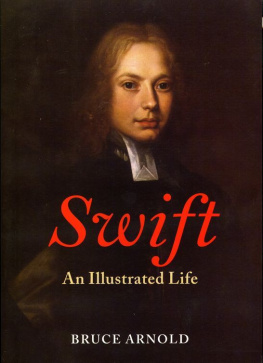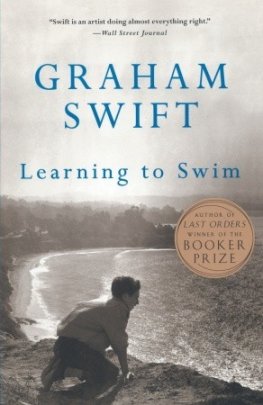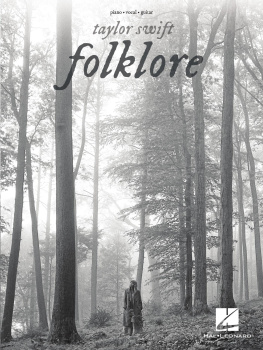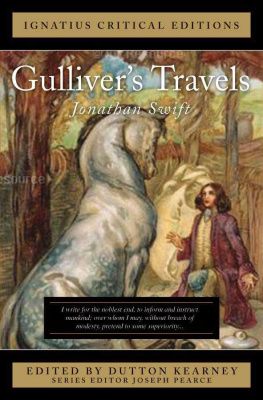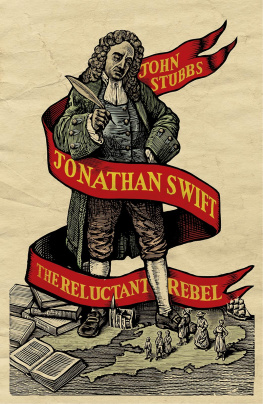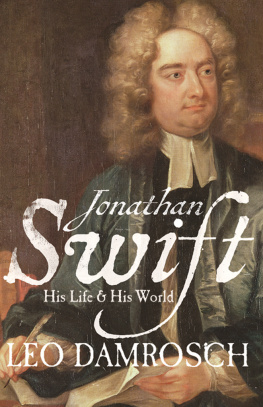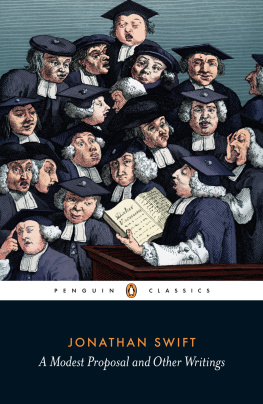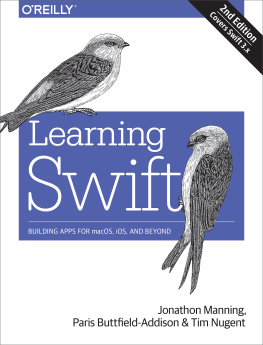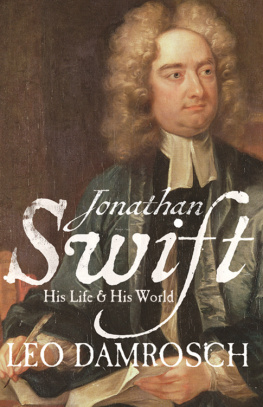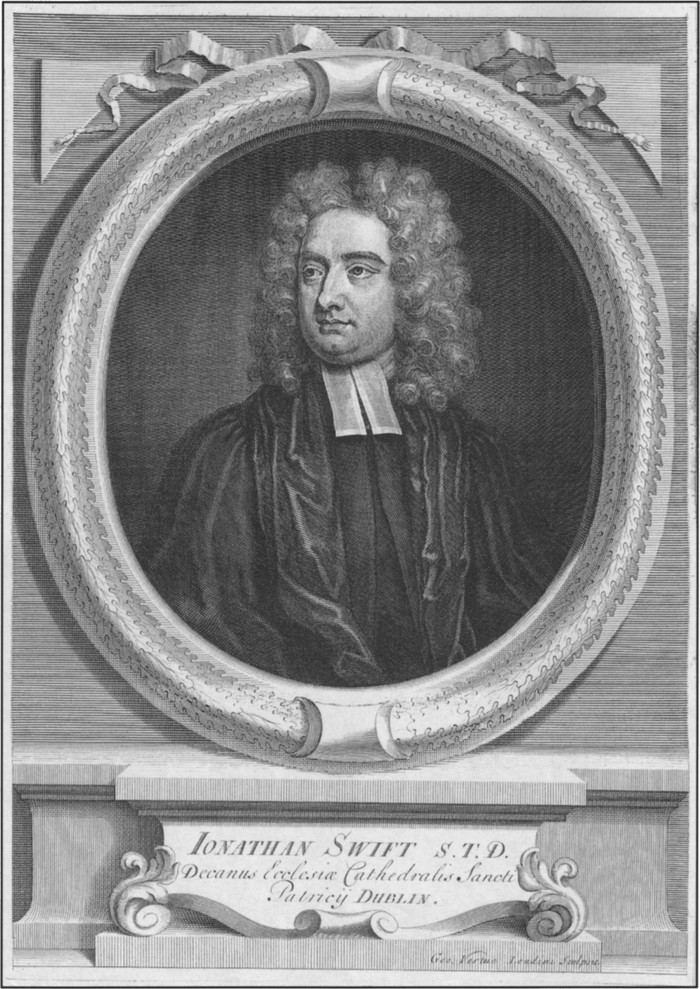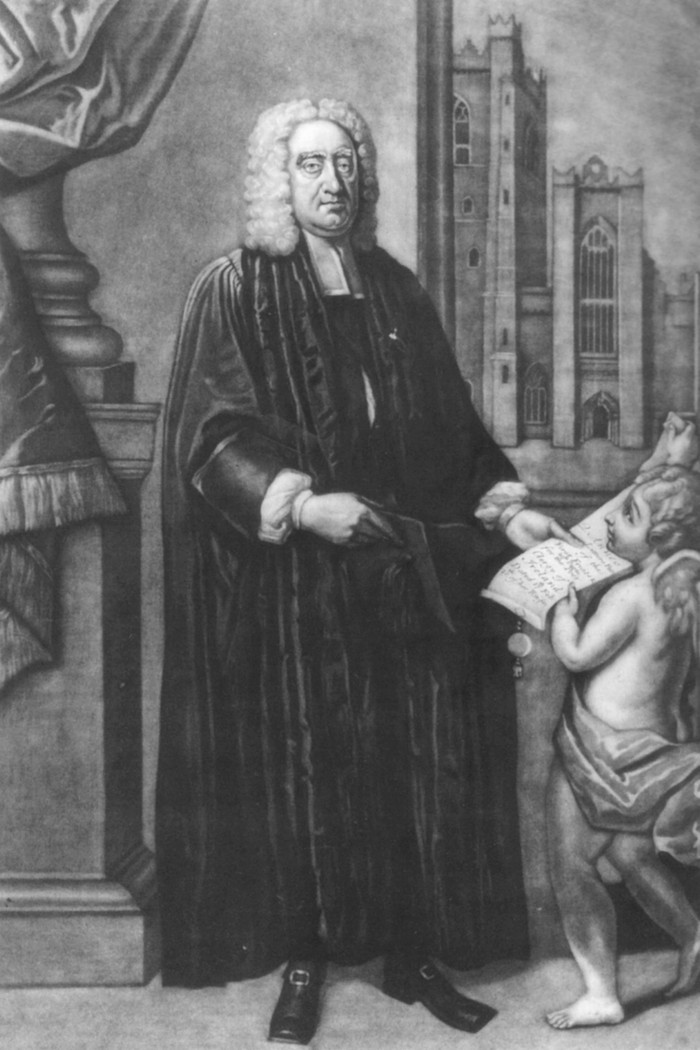F or more than three centuries, Jonathan Swifts personality and character have presented problems for those interested in his life and work. He is a man of paradoxes. Despite his love for individuals, he described himself as one who hated mankind; despite his love of fame, he took great pains to ensure that his writings should never carry his name; despite his self-confidence as a writer, in his private life he was often prey to self-doubt.
Swifts capacity for love and friendship was immense . He loved two women, Esther Johnson and Esther Van Homrigh, known to him as Stella and Vanessa, but he loved them in very different ways. Stella became Swifts ward on the death of his patron, Sir William Temple, and remained so for the duration of her life, always accompanied by Rebecca Dingley, a Temple cousin. Swifts love for Stella was in the character of familial love, approximating to that of an uncle for a favourite niece. He guided and guarded her interests from her childhood to her death, and wrote about her in words that move the heart as much as anything he wrote. With Vanessa he enjoyed a turbulent yet rewarding love affair, which lasted from 1707 until her death in 1723. It is recorded in letters and in his poem CadenusandVanessa. The unorthodox nature of these relationships should not obscure the natural warmth that suffuses all we know on the subject . On the one hand, Swifts feelings rise at times to a passionate intensity; on the other they amaze us with their detailed concern for a womans life in all its diversity and tribulation.
Something of the same naturalness is to be found in his friendships with men, some of which were lasting and deep. The traditional conviction about Swift is that he was volatile, argumentative, bitter, disdainful , withering, mocking, and that his underlying instinct was towards anger and confrontation. In a sense this was true. He marked out his path in areas where conflict was inevitable. To be true to himself he had to confront those who sought to obstruct him or the men he served. And he lived in an age when satire was a ready weapon for most writers. Yet this should not overshadow the other side of his character, where warmth and vulnerability are to be found.
A year after the death of Stella, Swift wrote a letter jointly to his friends Viscount Bolingbroke and Alexander Pope. They exemplified the two strands in his life that had mattered most to him, politics and poetry, and they had an understanding of him that was rare in its range and depth. The letter, dated April 1729, not only indicates Swifts warmth of character and depth of feeling, but also offers us a number of other clues to character which are worth pursuing:
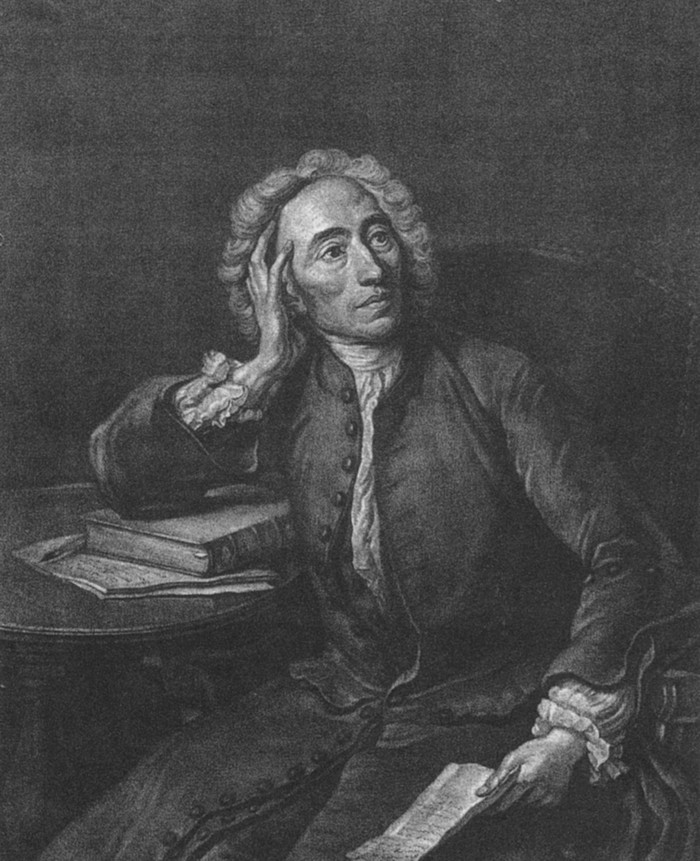
AlexanderPope,byJeanBaptisteVanLoo,engravedbyJohnFaber
I am ashamed to tell you, that when I was very young I had more desire to be famous than ever since; and fame, like all things else in this life, grows with me every day more a trifle I hate a crowd where I have not an easy place to see and be seen. A great Library always maketh me melancholy, where the best Author is as much squeezed, and as obscure, as a Porter at a Coronation. I tell you it is almost incredible how Opinions change by the decline or decay of spirits, and I will further tell you, that all my endeavours from a boy to distinguish my self, were only for want of a great Title and Fortune, that I might be used like a Lord by those who have an opinion of my parts; whether right or wrong it is no great matter; and so the reputation of wit or learning does the office of a blue riband, or of a coach and six horses. To be remembered for ever on the account of our friendship, is what would exceedingly please me, but yet I never loved to make a visit, or be seen walking with my betters, because they get all the eyes and civility from me. I no sooner writ this than I corrected my self, and remembered Sir Faulk Grevils Epitaph, Here lies Xc. who was friend to Sir Philip Sidney You must present my humble services to Mrs Pope, and let her know I pray for her continuance in the world, for her own reason, that she may live to take care of you.
There are many layers of thought on display here. Trusted friends are treated with absolute openness on subjects which Swift rarely dealt with at any level. Here we have his youthful desire to be famous and his sense of frustration at not achieving his ambition in the terms he wished. The feelings are expressed in concrete terms. He wants to see and be seen in a crowd. He wants the notice that fame brings, the admiration, the physical recognition. He knows his talent, he knows it is acknowledged by his friends, and yet he walks within a library conscious of the smallness of what he has achieved, and conscious even more of how Opinions change by the decline or decay of spirits.
He was in his early sixties when he wrote these words. GulliversTravels was already behind him. He was facing old age, limited farther prospects as a writer, loss of energy and power. Reading this letter, we are persuaded to cast our eyes forward, into the future which Swift faced, and to experience some of its bleakness. But he also directs our gaze backwards, even as far as his childhood. These words bring us close to the character of Jonathan Swift. They reveal him as a man of great intellect, sensitive in his feelings, bruised by his childhood, embittered by his knowledge of human behaviour, and almost certainly starved of love and affection, perhaps even from the day of his birth, a day which he regularly and relentlessly cursed in the words of the third chapter of the Book of Job.
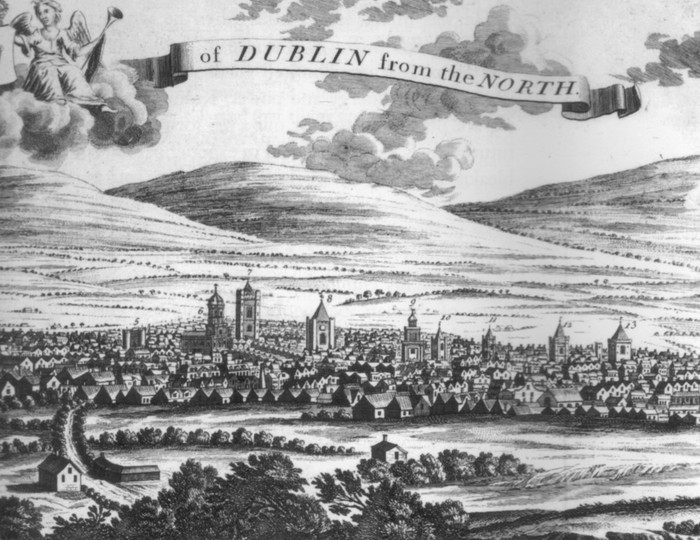
DetailfrommapofDublinbyCharlesBrooking,1728,showingviewofsouthside
Notes
TheCorrespondenceofJonathanSwift,D.D., 6 vols, edited by F. Elrington Ball (London, 1910), Vol. III, pp. 3301. The full epitaph , still visible in St Marys Church, Warwick, reads: Fulke Greville, servant to Queen Elizabeth, councillor to King James, and friend to Sir Philip Sidney. Tropaeum Peccati.
Jonathan Swift was born in Dublin in 1667. His mothers husband, Jonathan Swift the Elder, had died several months previously, and partly as a consequence of this the identity of Swifts father has been in question since his own lifetime. The most likely candidate is Sir John Temple, Master of the Rolls in Ireland. Swift was to live for ten years in the household of his son, Sir William Temple, a move for which no explanation is wholly satisfactory without consanguinity.

